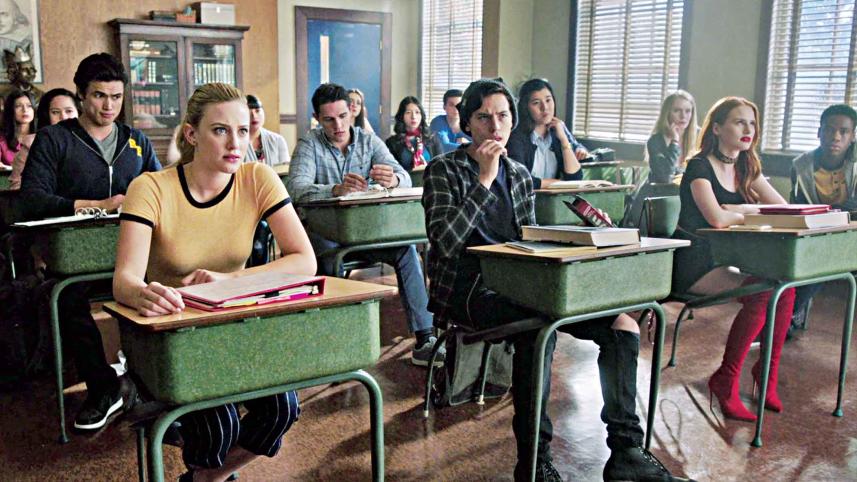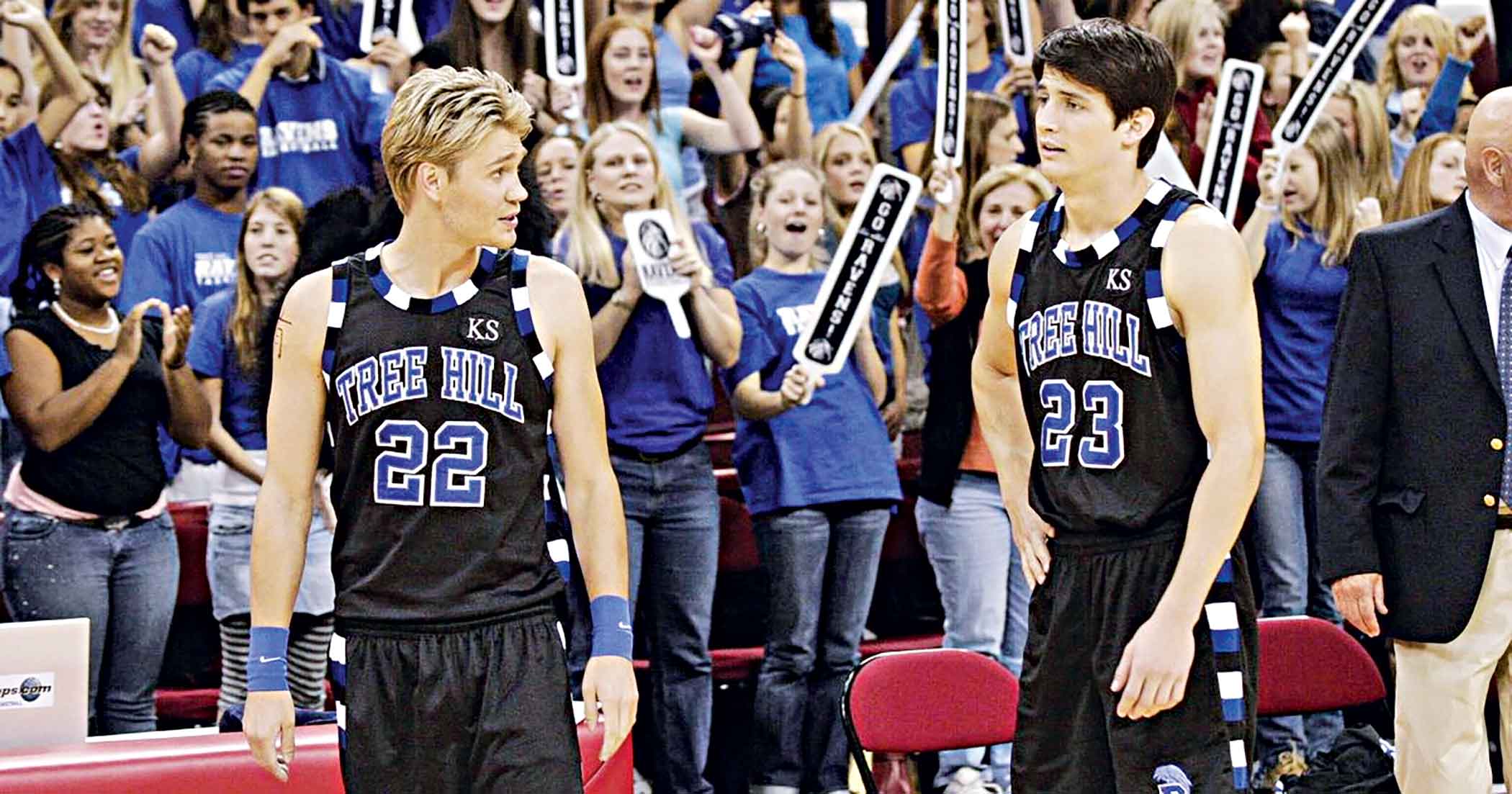Will the real high school please reveal itself?

Back in 2012, I watched a comedy skit on YouTube where Bangladeshi teens were comparing their lives in Dhaka to that of the fictional Manhattan Upper East Side residents from the popular teen drama Gossip Girl. I couldn't help but wonder then if that remark applied to my experiences as a teen studying in one of Dhaka's biggest private schools.
Fast forward to 2019, when I chanced upon the opening scene from the teen movie Booksmart whilst scrolling through YouTube instead of studying for my microbiology quiz. Going through the comments section for more insights into the movie, I came across the comment, "This is the most realistic high school scene in a movie."
Then where did that leave Gossip Girl's fictional private schools Constance Billard and St. Jude's?
THE ENVIRONMENT
Constant factors in most fictional high schools include: kids coming in late to school looking fashion week ready, kids having plenty of time for full breakfasts and lengthy conversations in between classes, kids attending extravagant house parties, and parents of school kids appearing to be callower than their offspring. Let's also not forget the general disregard for actual schoolwork that doesn't involve singing, dancing, or playing sports, which is a very inaccurate portrayal of the competitive nature of public schools in American cities.
Such thin exploration of the high school environment can also result in high schools being perceived as more hostile than welcoming, where all personal relationships end up in caskets. At just about every fictional high school, there's always the issue of the new kid being alienated, either for better or for worse. This surreal yet popular trope can incite a sense of insecurity amongst kids as they set foot into a new school. We get to see a world dominated by cliques instead.
While this "high school cliques" trope was popular in most early 2000s Hollywood-certified iterations of high schools, it's not very accurate in its portrayal of social interaction within a high school. In Pretty Little Liars, teamwork is highly discouraged in favour of reckless and selfish decisions made by the fictional teenage and adult characters. High schoolers are divided into cliques catering to a thinly-written script's demands. In actual high schools, you might come across the occasional tightly-knit circles, but they don't make up the majority.
When it comes to tackling mental health issues amongst high-schoolers, the situation in high schools is made out too unrealistically grim. In The O.C., fictional teenager Marissa Cooper's mental health disorders only served to strengthen her boyfriend's masculinity by portraying her as a damsel according to the plot's convenience. The show refused to present mental health counselling facilities available in high schools and never acknowledged Marissa's psychological wellbeing as a medical priority. In contrast, Skins and My Mad Fat Diary showcased healthier friendships developing well, and were more sensitive in their portrayal of psychologically-disturbed individuals.

THE PEOPLE
Euphoria has received acclaim for its representation of a diverse society through its high school students. While the representation is commendable, the dramatic nature exhibited by the fictional characters is highly exaggerated and holds for about 10 percent of actual high school teens.
Of course, that doesn't mean clichéd portrayals of high school teens are more acceptable.
The male lead is usually the unattainable jock who's involved with the high school's resident queen bee. There are countless examples from Sixteen Candles' Jake Ryan to The Kissing Booth's Noah Flynn. Riverdale did initially introduce Archie Andrews as a passionate musician, but then quickly succumbed to its predecessors' generalisation of masculinity by developing Andrews as a boxer and jock instead.
The female leads are seen to strictly adhere to the "I'm not like other girls" ideology, alongside a seemingly-complementary mean girl whose ambitious nature is what contributes to other peoples' shallow perception of her. Such a scenario can be illustrated with Netflix's Spanish-language teen drama Elite where "good girl" Marina Osuna clashes with "mean girl" Lucrecia Heindrich. Marina's subservient and reserved nature leads to her being regarded as unique, while Lucrecia's outspoken attitude and dominant behaviour is initially written off as unpleasant.
However, the underlying misogyny that is known to birth the aforementioned clichés has occasionally been countered by writers such as Laurie Nunn who's developed Netflix's Sex Education with satisfyingly diverse and complex characters. The female lead is impulsive and is mostly defined by her flaws. The proverbial "mean girl" has a heart and insecurities of her own which she grows through. The film adaptation of Stephen Chbosky's Perks of Being a Wallflower has given us an emotionally-scarred male lead who isn't a jock and doesn't exude toxic masculinity.
The average high school teen scrambles to meet assignment deadlines, catches up with friends over fries, and watches Netflix in their free time. Not a lot of drama to be drawn out there, leading screenwriters to improvise. Looking back at the question posed at the beginning of the article, the portrayal of high school in Hollywood has come a long way since early 2000s TV classics such as The O.C. and One Tree Hill. Old favourites have had their ups and downs but now, post the 2010s, high schools on both theatre and silver screens are anything but generic. We youngsters finally have a voice and we're here for it, with quality entertainment as a bonus, of course.
Rasha Jameel is two lazy days away from being an Olympian at procrastination, knock some sense into her at rasha.jameel@outlook.com
 For all latest news, follow The Daily Star's Google News channel.
For all latest news, follow The Daily Star's Google News channel.